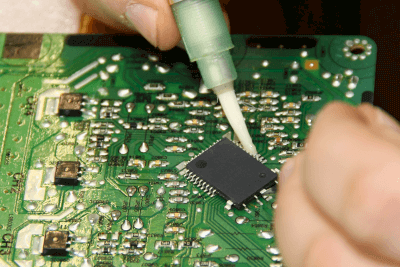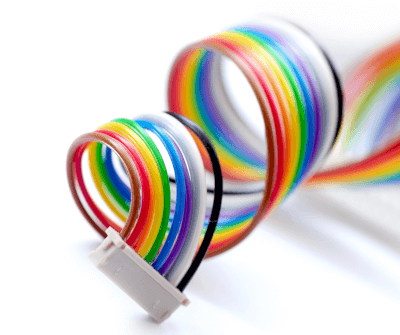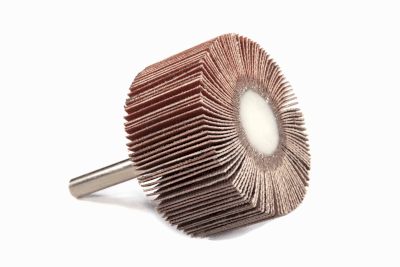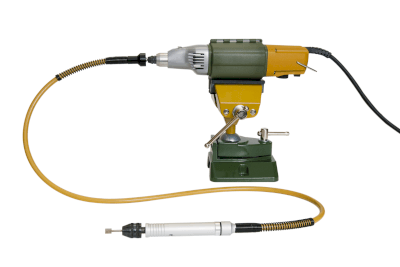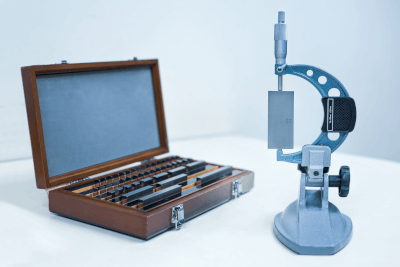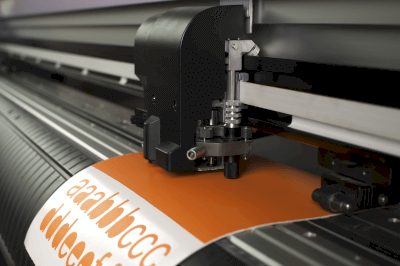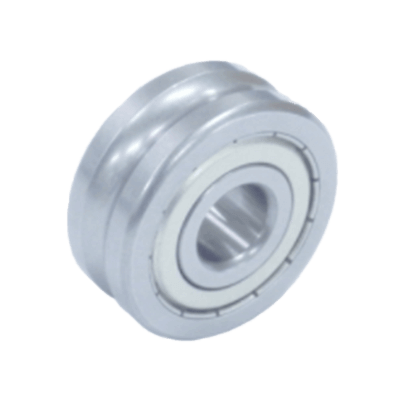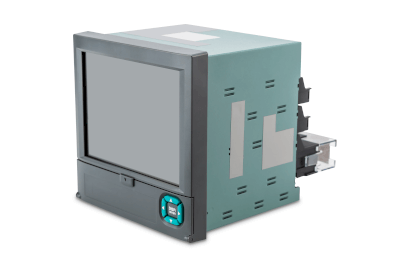What Is a Flange?
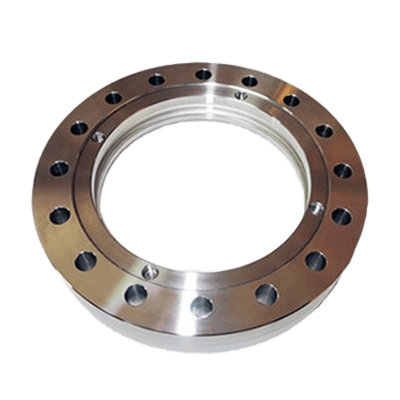
A flange is a flat “brim-shaped” plate attached to a pipe, duct, device, or other equipment. A flange is used to connect pipes, equipment to pipes, and shafts to each other or shafts to rotating machines.
When machines or parts are fastened and joined with bolts, nuts, etc., the flat surface of a circular or rectangular-shaped joint is sometimes called a flange. A flange allows for a highly accurate and sealed joint. The brim of the wheel of a railroad car, or the part where a tire wheel is attached to the axle side of an automobile, is also called a flange.
Uses of Flanges
Compared to other pipe fittings, flanges can be used repeatedly and provide a high degree of sealing. Due to their ease of disassembly and reassembly, flanges are often used to connect pipes used in ships, railroads, and factories. In particular, flanges are used to join pipes in many cases where the fluid flowing in the pipes is used under special conditions, such as high temperature, low temperature, high pressure, or vacuum.
Flanges are used to join pipes together by inserting a gasket (sealing material) between two flanges and tightening them with bolts and nuts.
Assembled gaskets come in various types and shapes, and the appropriate gasket must be selected according to the temperature and pressure of the fluid to be used. The following are examples of gasket types:
Joint Sheet Gasket: A gasket made of carbon fiber or other material filled with rubber and formed into a flat sheet, which is cut and used according to the seating dimension of the flanges.
Spiral-wound Gasket: A gasket consisting of a metal hoop with a V-shaped cross-section and filler (cushioning material) overlapped and rolled into a spiral shape.
Ring Joints: Metal gaskets with oval or octagonal cross sections and made of mild steel, stainless steel, Monel, or other materials. It is mainly used in the petroleum industry.
Characteristics of Flanges
This section describes the steel pipe type of flanges used to connect pipes.
Flanges are mainly classified by shape, fluid pressure used, pipe connection method, gasket type, and other factors, from which the appropriate type of flanges with the appropriate specifications is selected.
The following are examples of flange types:
Slip-Welded Flange (SOH)
A slip-welded flange, also called a slip-on flange, is attached and secured by inserting a pipe into the flange hole and performing a fillet weld between the top of the flanges and the outer surface of the pipe, and between the bottom of the flange hole and the outer surface of the pipe. This is the most commonly used flange.
Socket-Welded Flange (SW)
Socket-weld flanges are installed by inserting a pipe into the flanges hole up to the back step and then veneer-welding the top surface of the flanges and the outer surface of the pipe to secure the flanges in place. If the temperature of the fluid to be used is high, a larger gap is often welded between the step in the flange hole and the end face of the pipe to accommodate the thermal expansion of the pipe. In this way, even if the pipe expands due to the heat of the fluid, it will hit the flange hole step and the reaction force will prevent damage to the weld.
Butt-Welded Flange (WN)
Butt-welded flanges, also called weld-neck flanges, are often used for larger pipe diameters (e.g., 2-1/2B or larger) due to their superior strength. Although it is difficult to fix the pipe and flanges straight and concentric and weld them together, it is a highly reliable joining method for this type of flanges.
Threaded Flange (TR)
Threaded flanges are also called threaded flanges. Although it is easy to install piping, there is a possibility of leakage from the threaded part if the pressure of the fluid to be used is high.
Loose-Joint Flange (LJ)
Loose flanges, also called wrap-joint flanges, are pipes with a stub end (stub end) that are attached to the flanges by fitting a pipe into the flange hole. The pipe can be oriented by loosening the nut on the flanges. Although the piping installation work is easy, the sealing performance is not relatively high, so the fluid used should be low pressure and low temperature.
Closed Flange (BL)
Closed flanges, also called blind flanges, are installed to prevent fluid leakage when the fluid is closed at the end of a pipe or when the flanges are temporarily unfastened.
Mounting Flange (MF)
Flanges with male and female seats are used in combination with flanges with two different seat configurations. The grooves of the flanges fit into each other, which enables accurate centering.
Groove Flange (TG)
A combination of two types of flanges with groove-shaped concave and convex seating surfaces. It is characterized by excellent sealing properties.
Gasket Seat Shape
There are two types of gasket seat shapes: Full Face (FF) and Flat Face (RF). Full face seating is used for flanges with a nominal pressure of 10K or less, etc. Flat face seating is the commonly used seating shape.
However, flange selection is not calculated and verified based on the above calculations, rather flanges with a nominal pressure (rating) are selected from the table according to the maximum working pressure and temperature of the fluid to be used.
